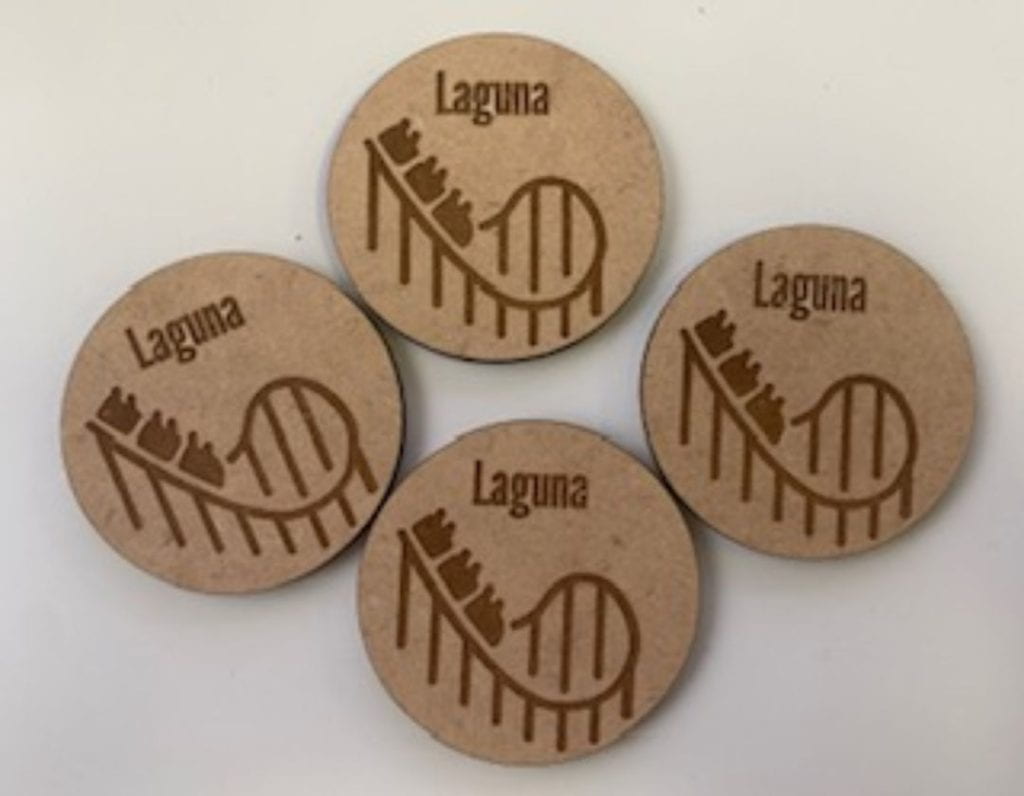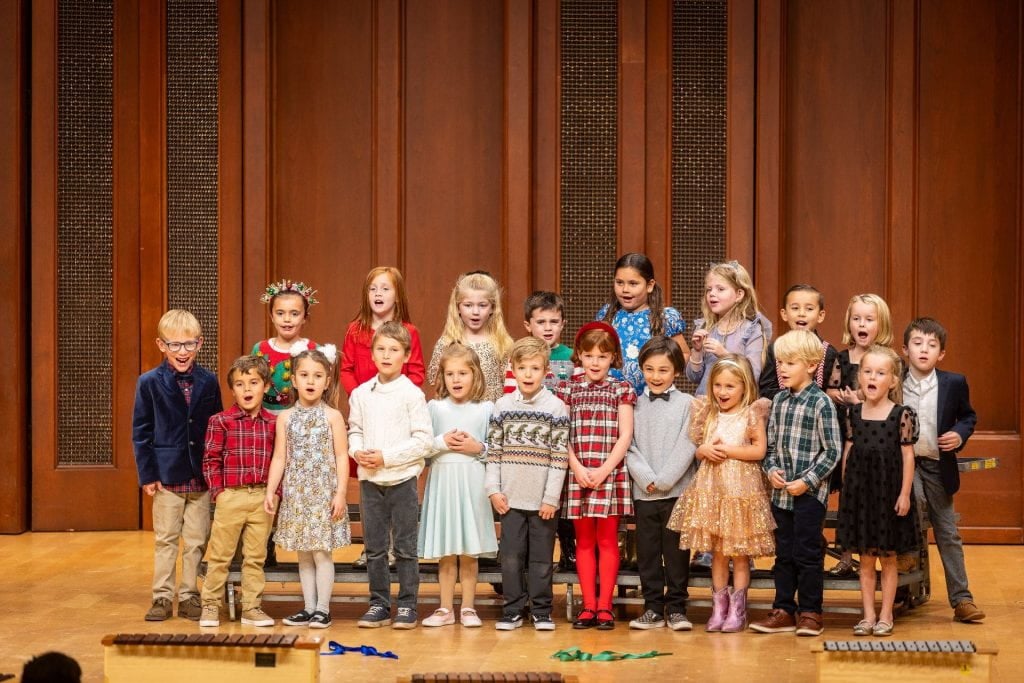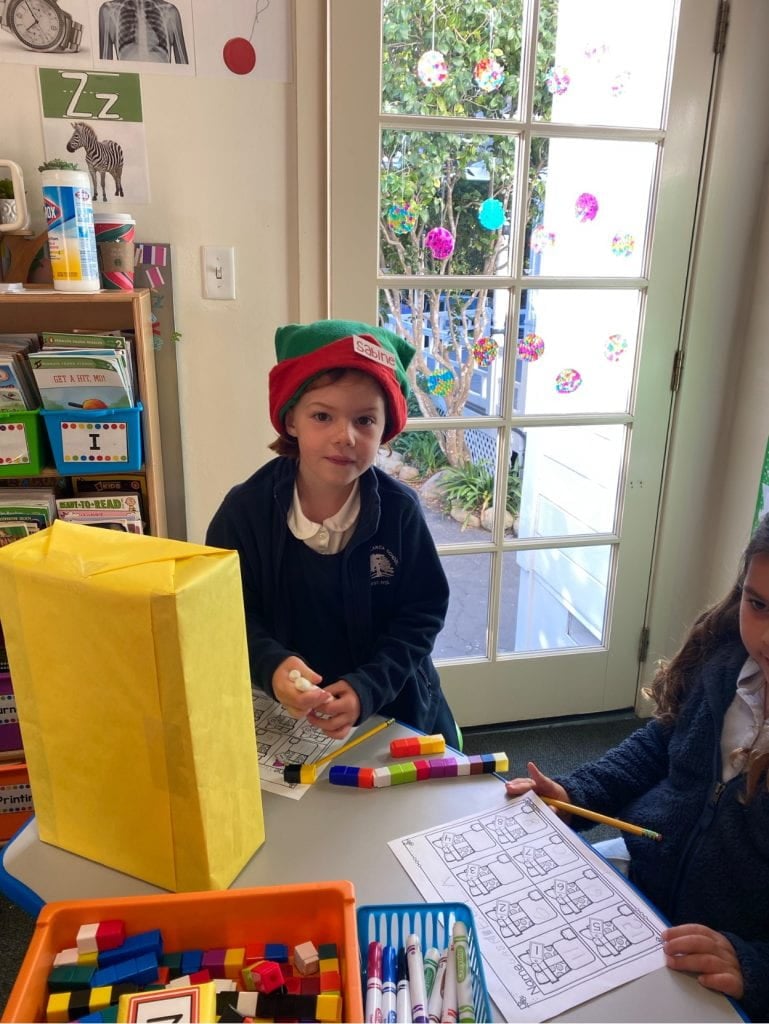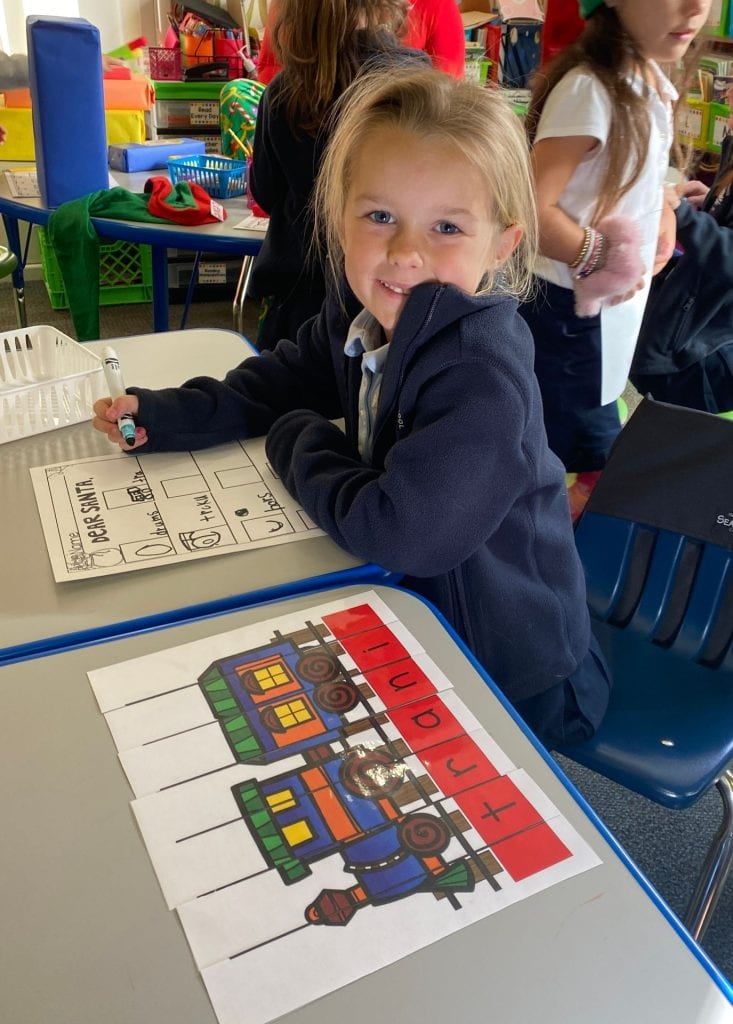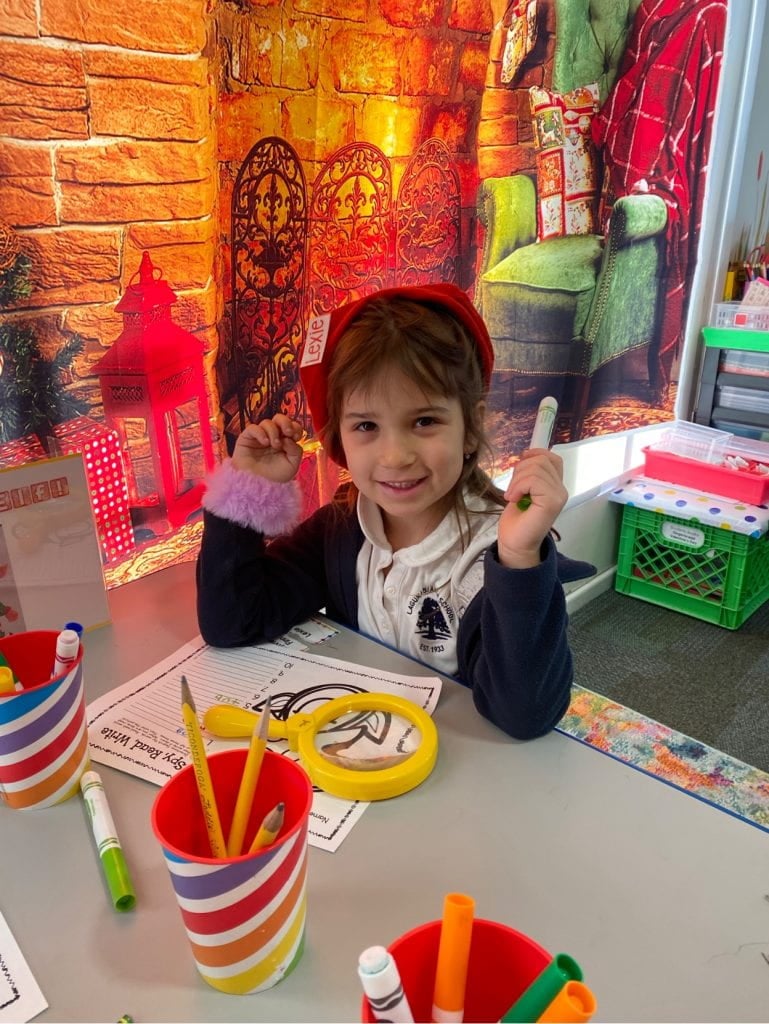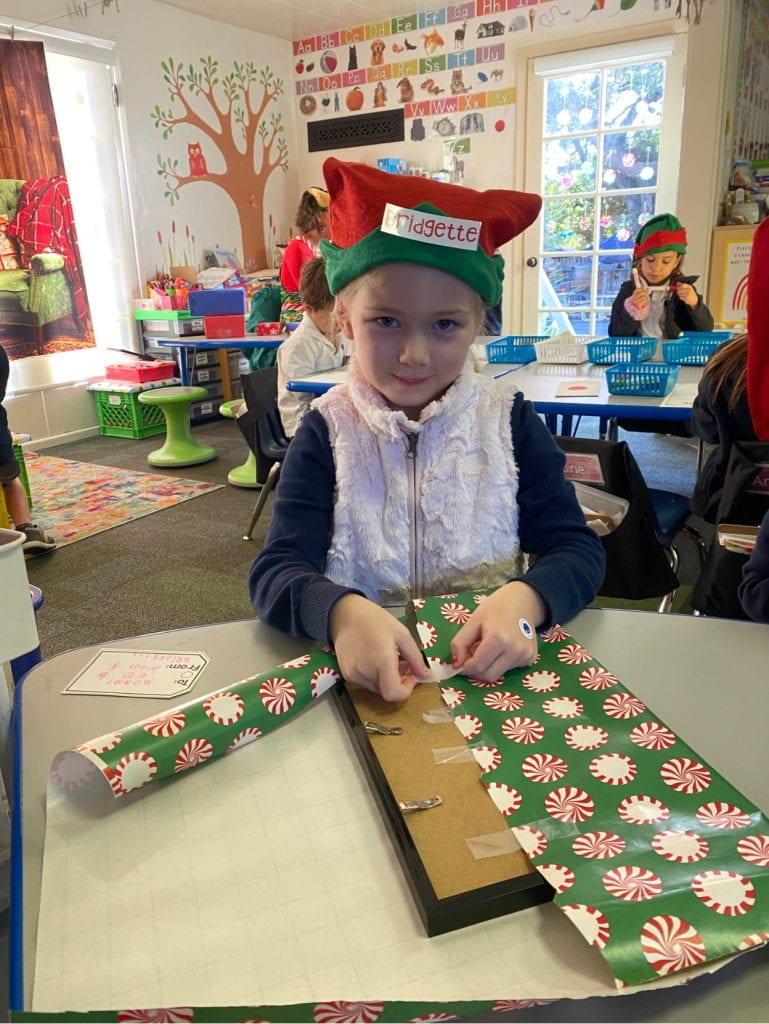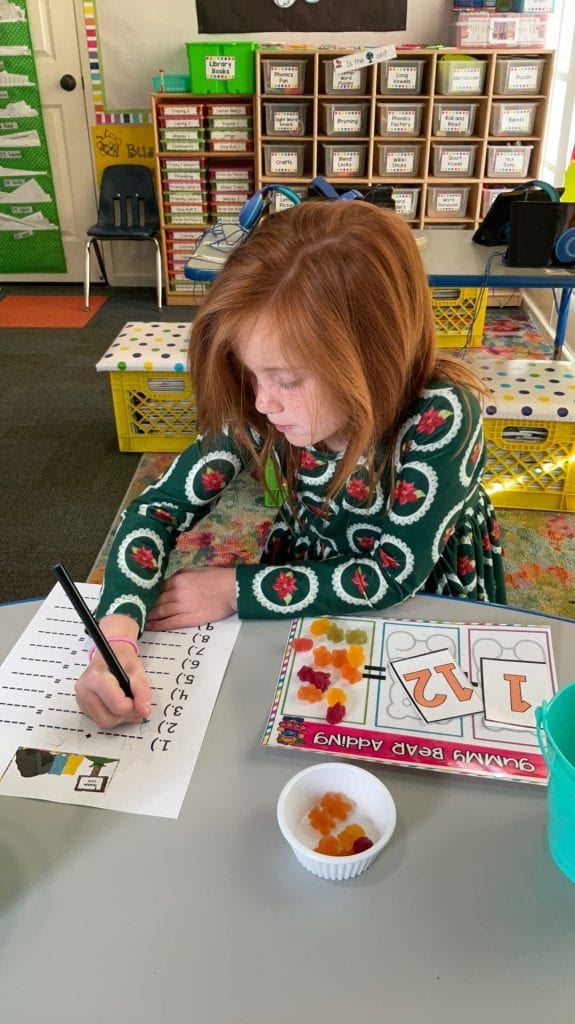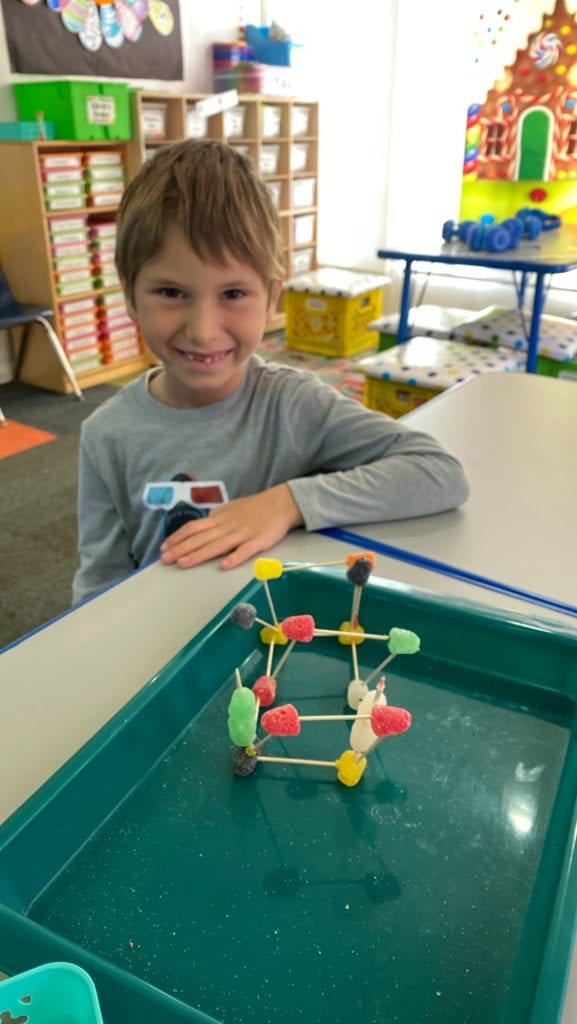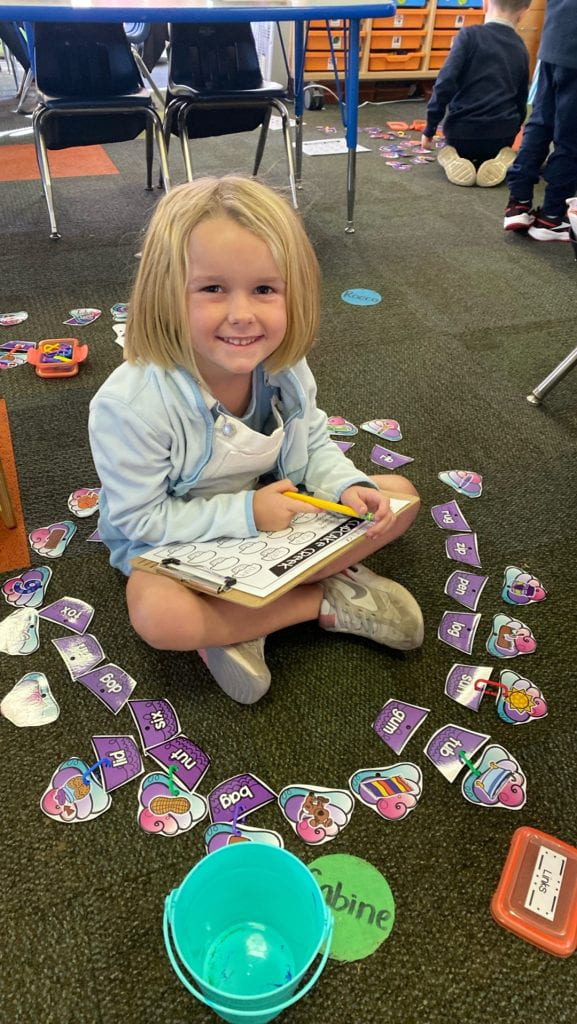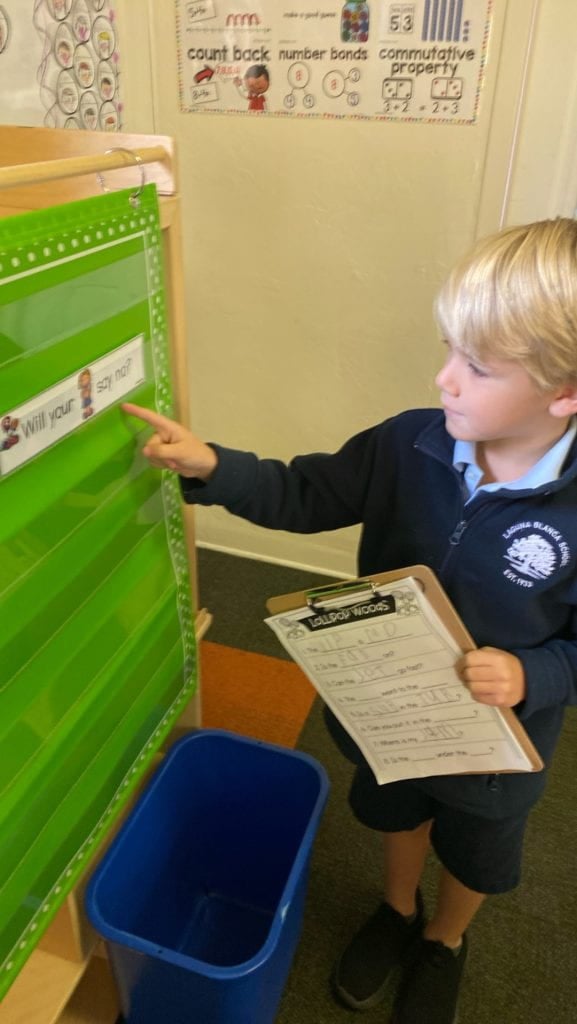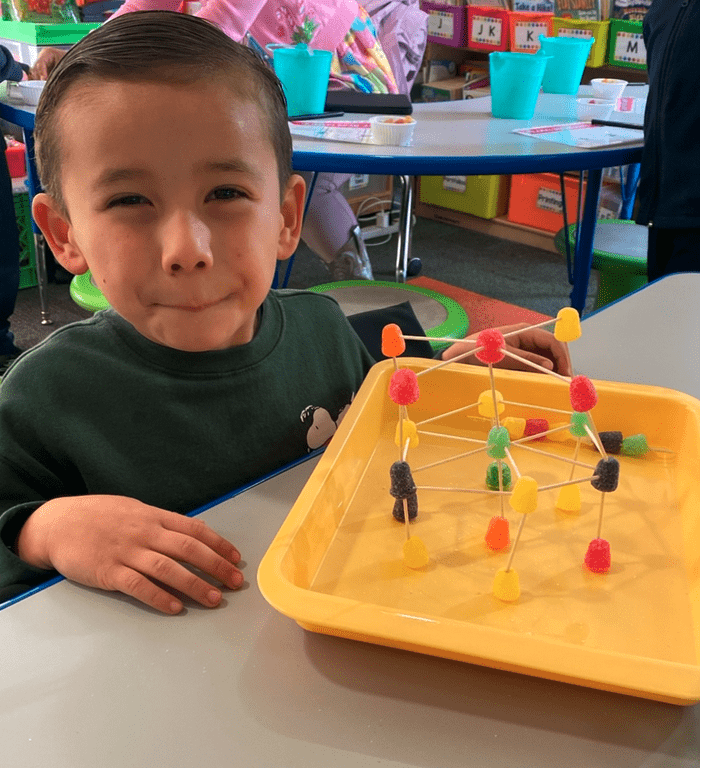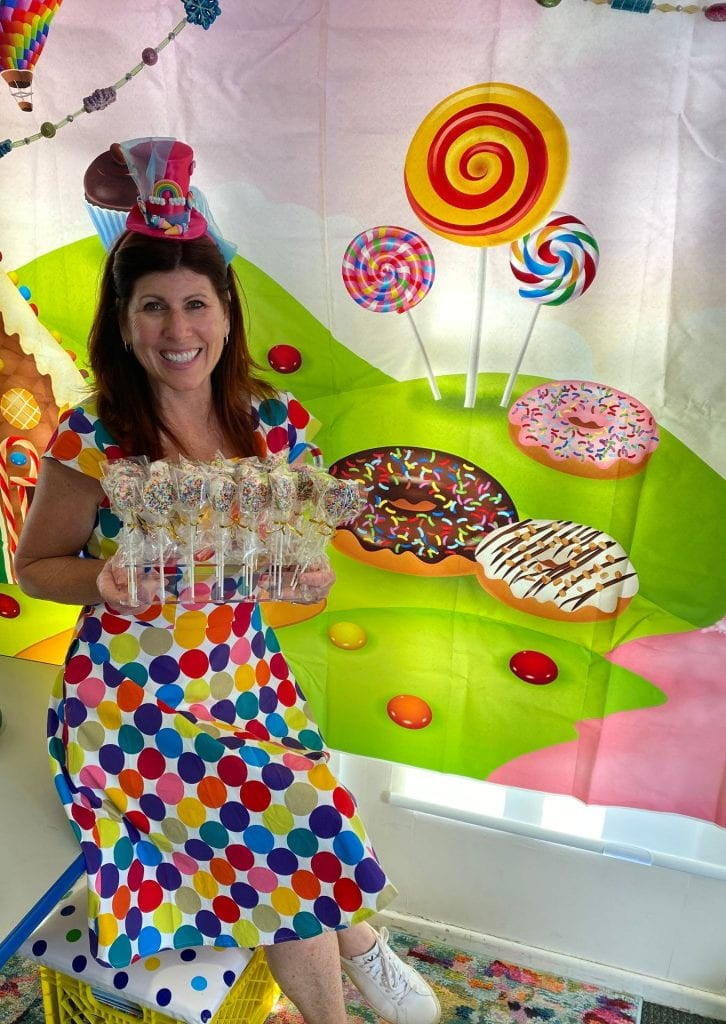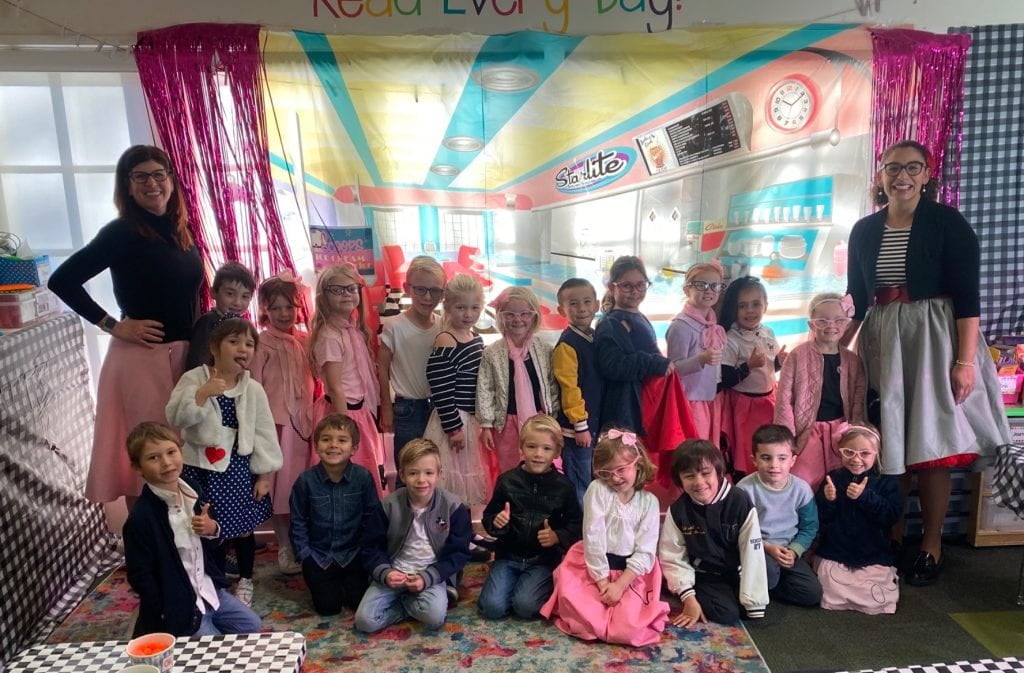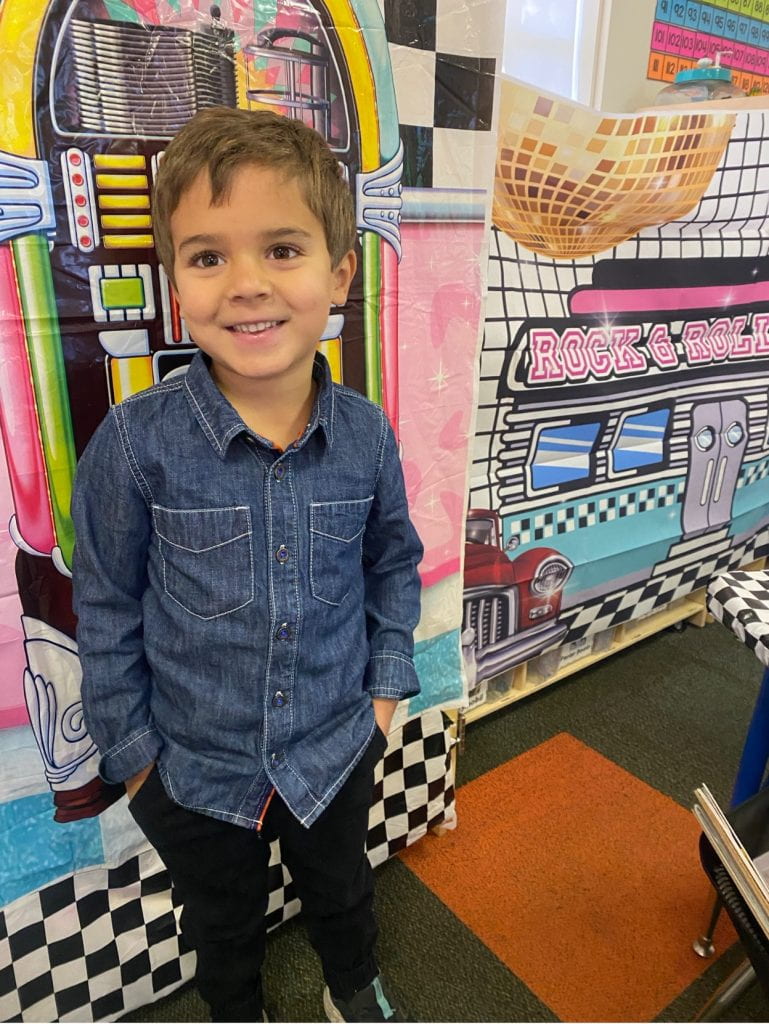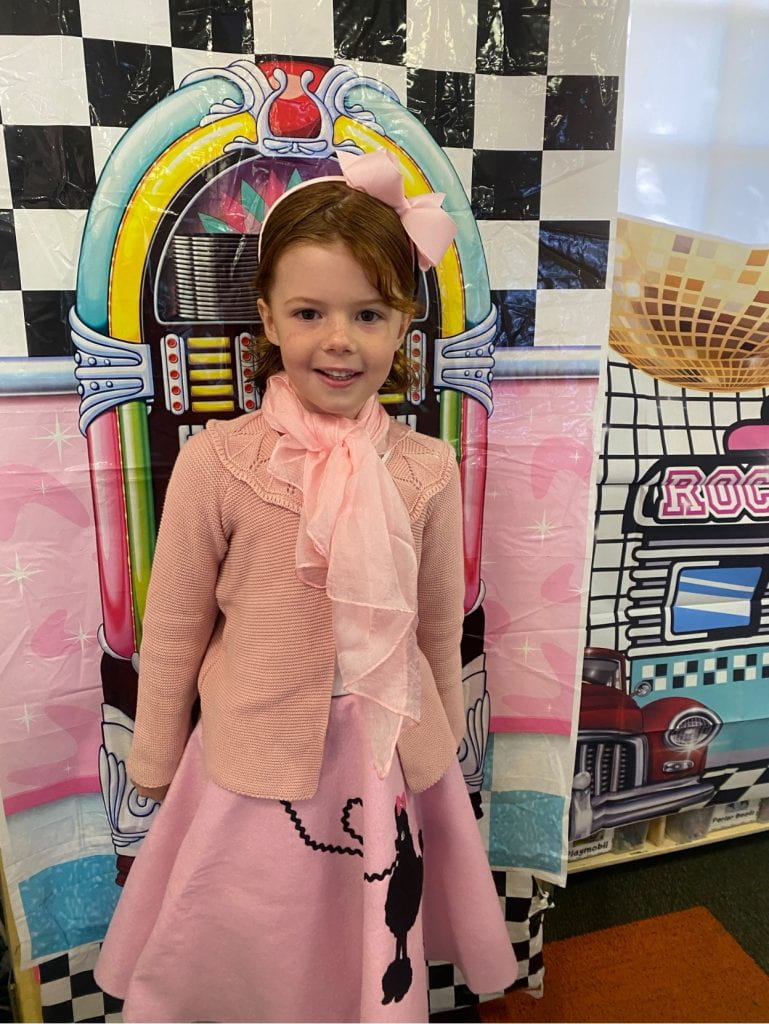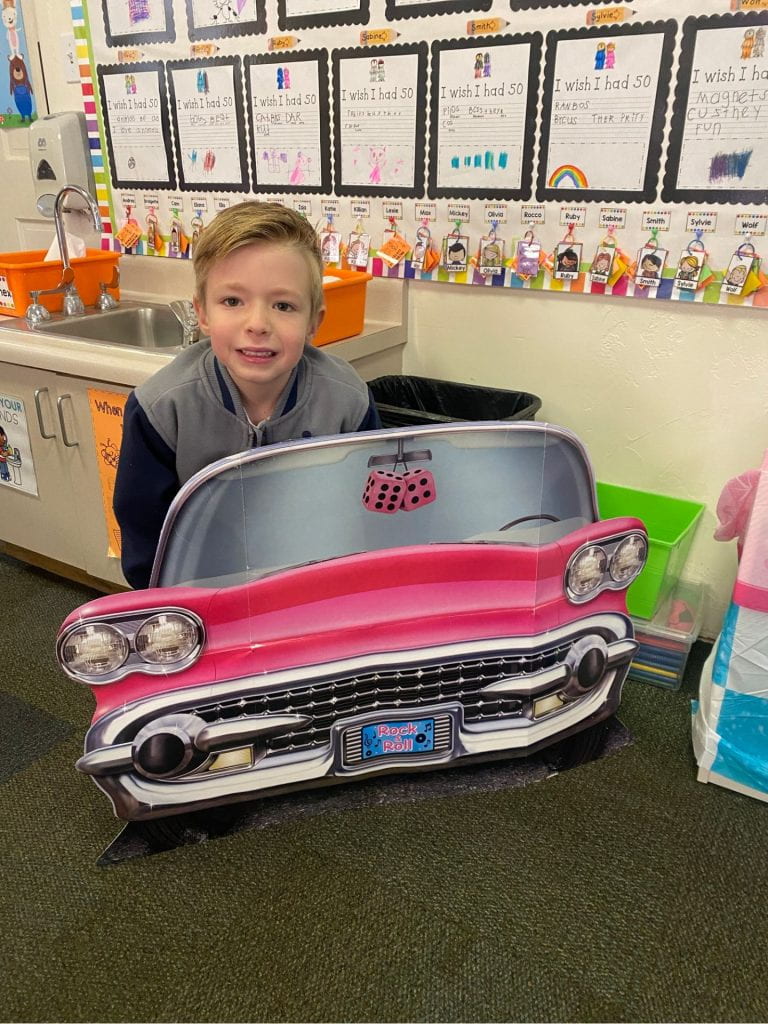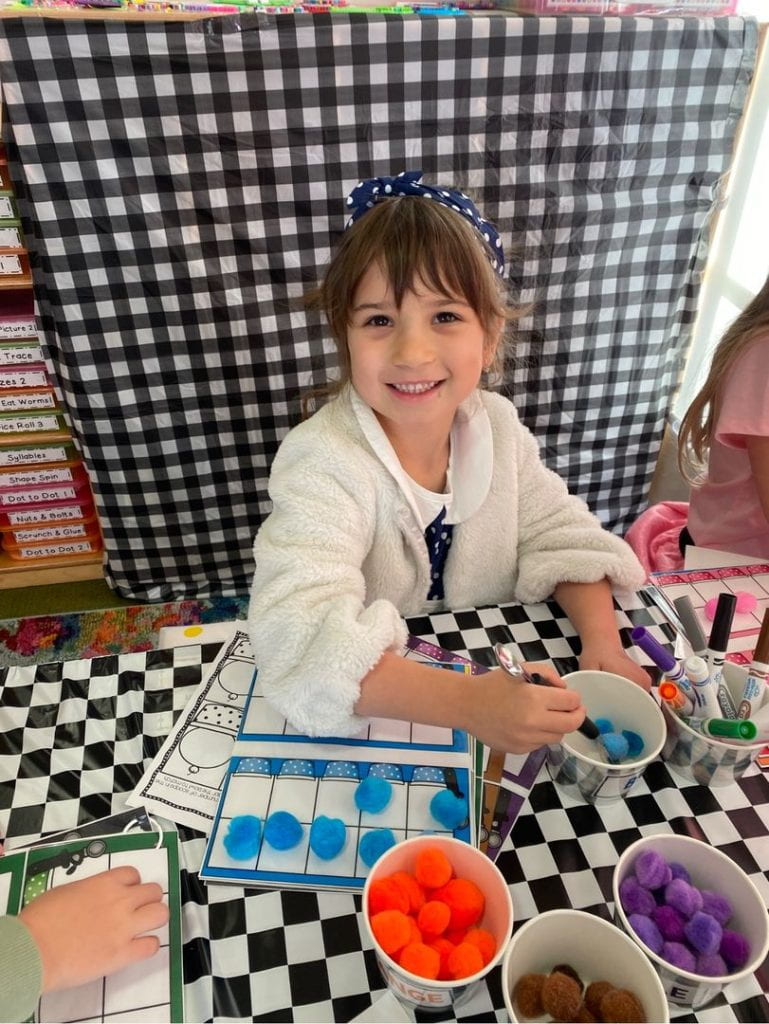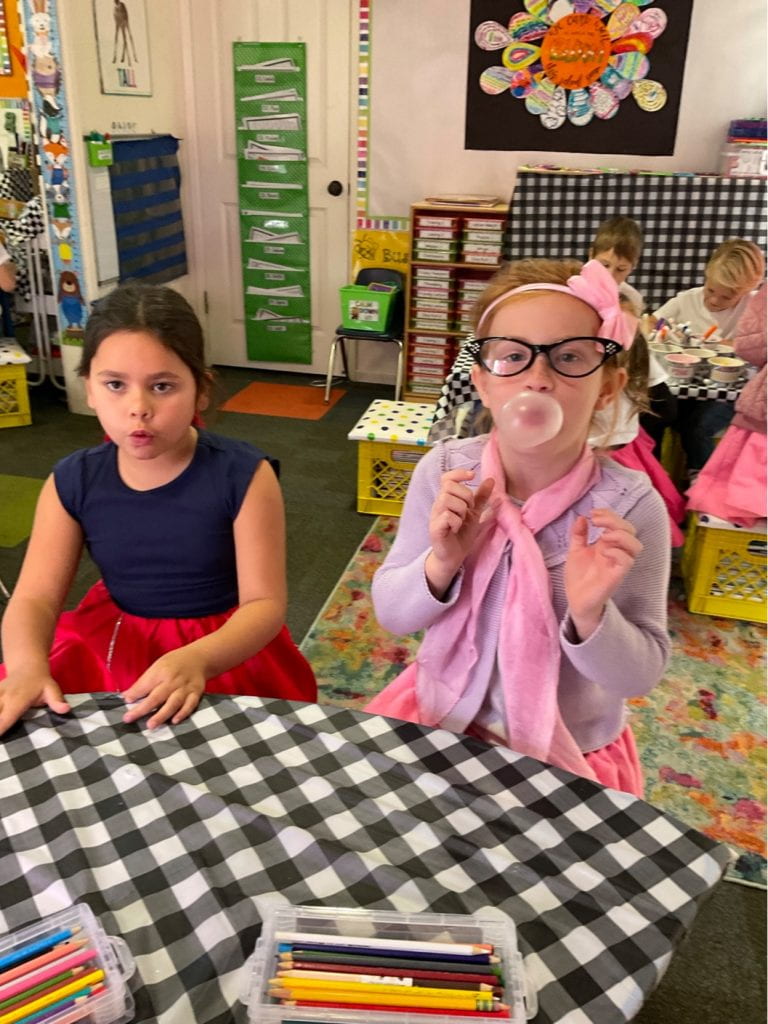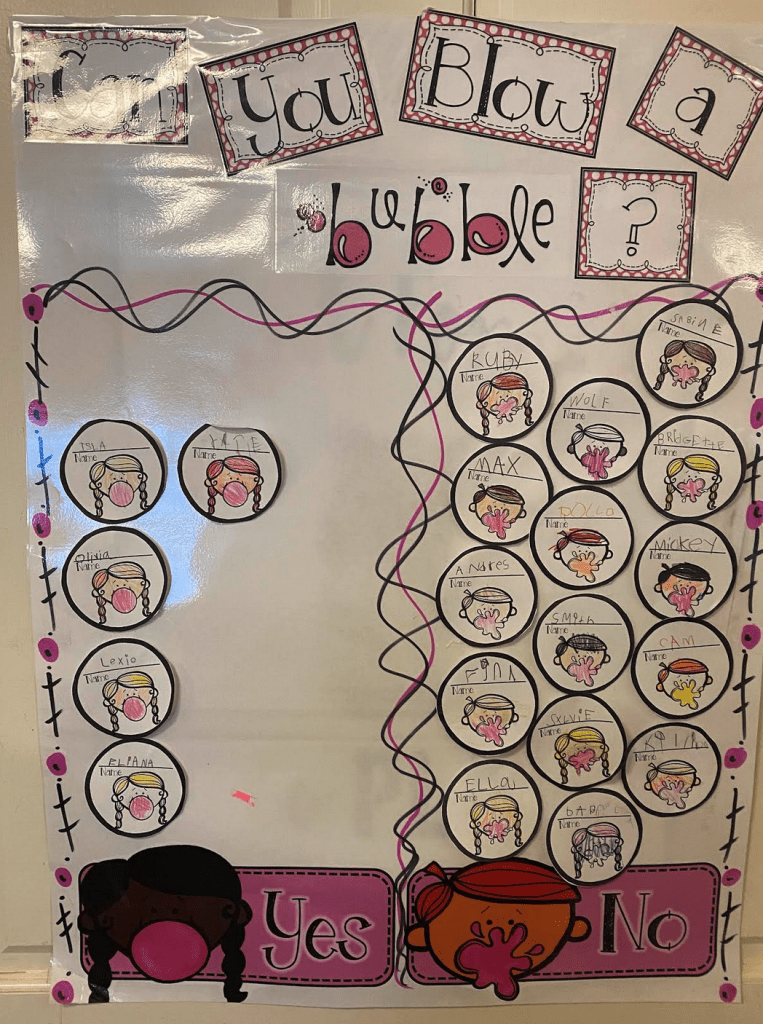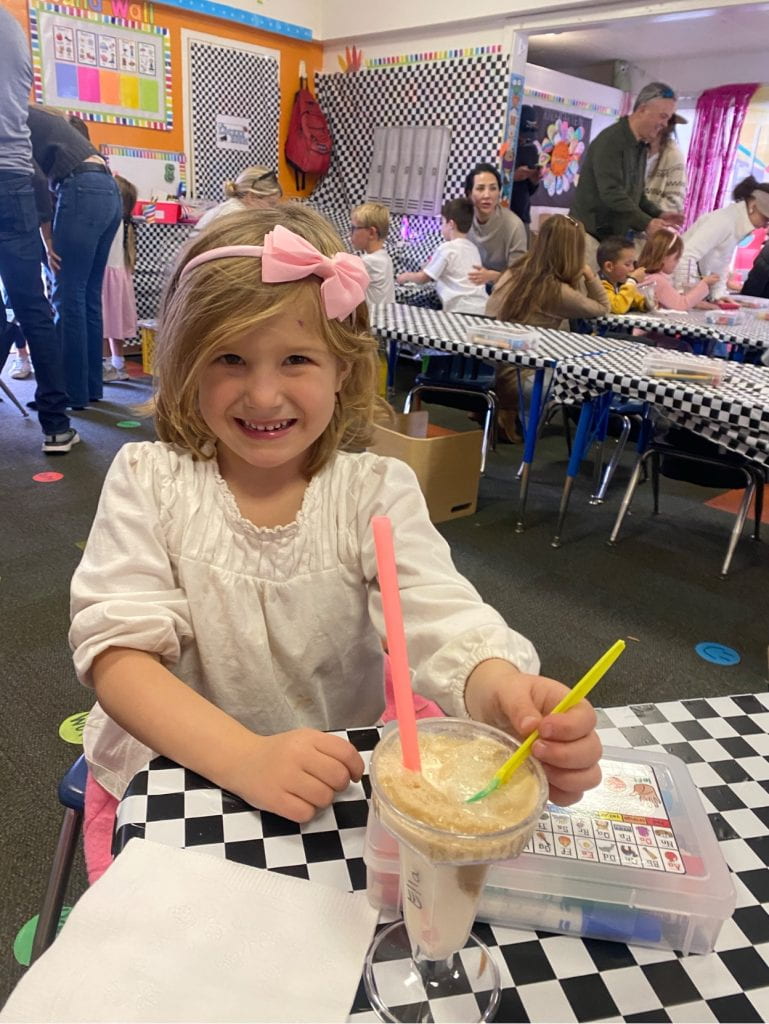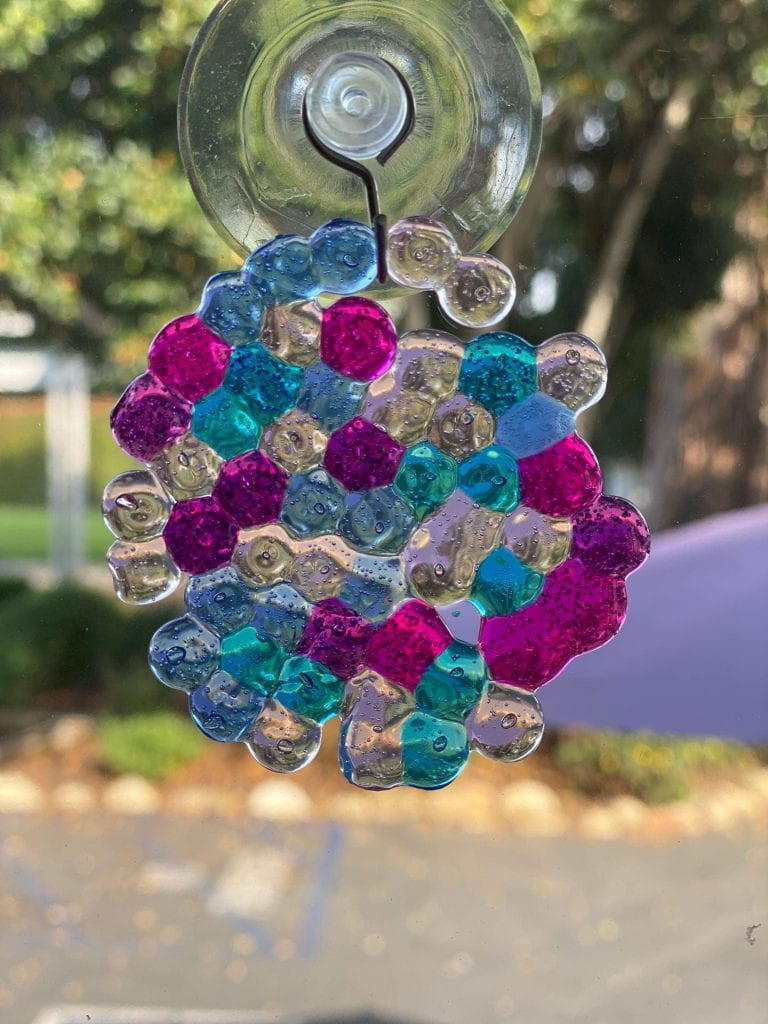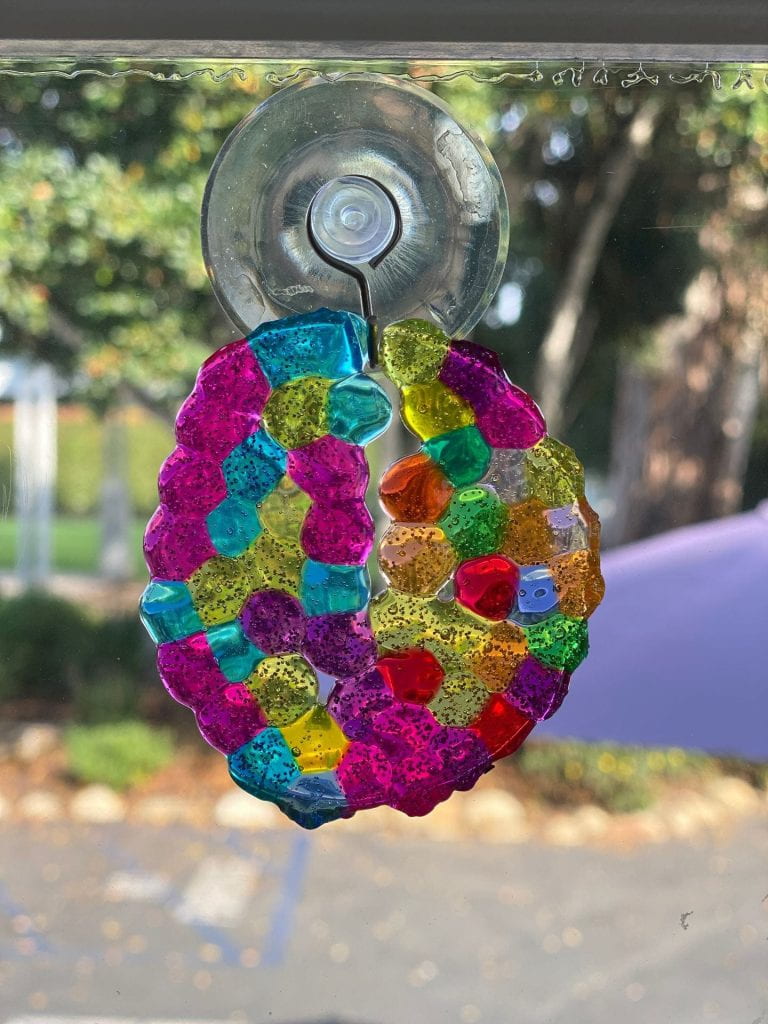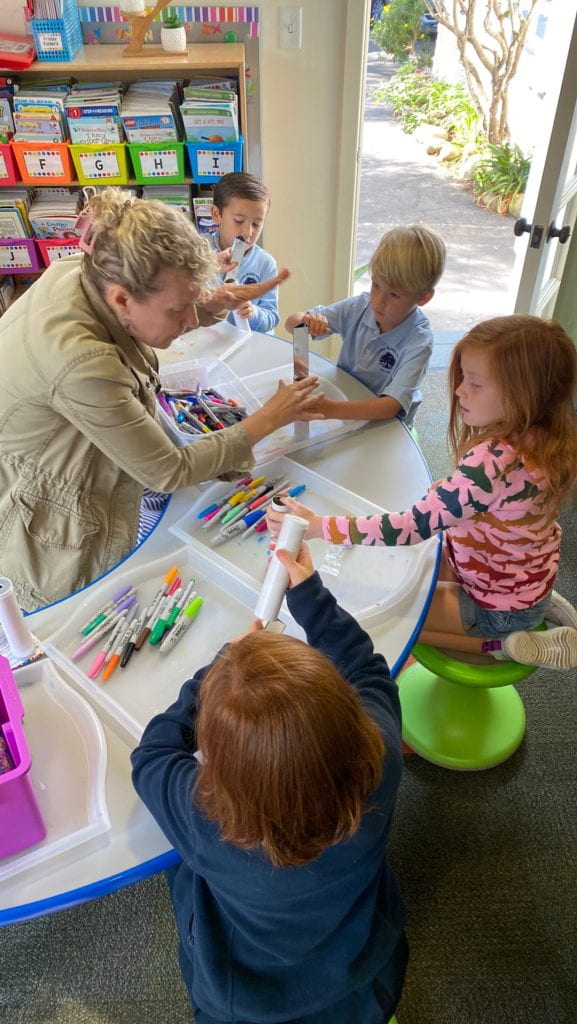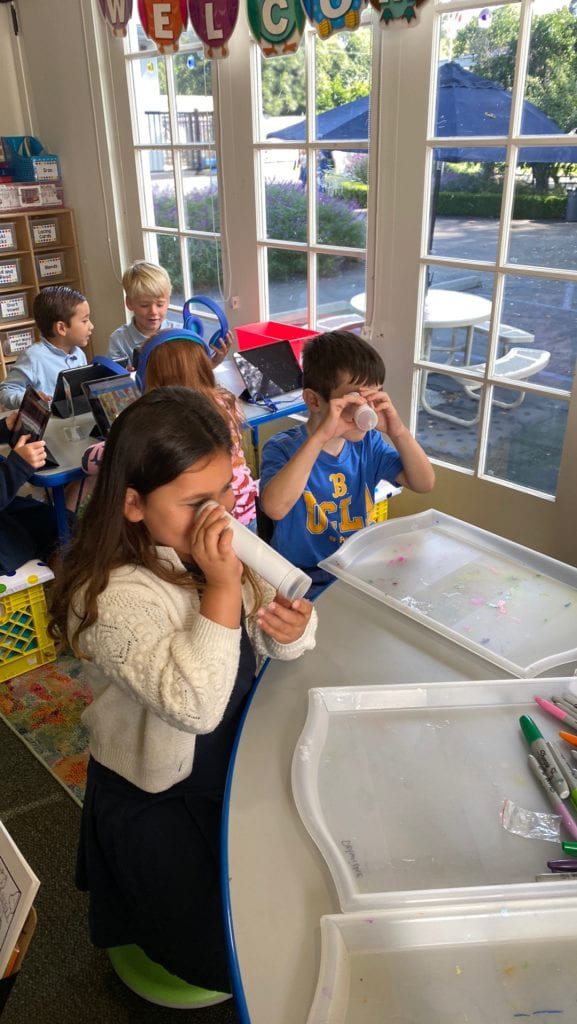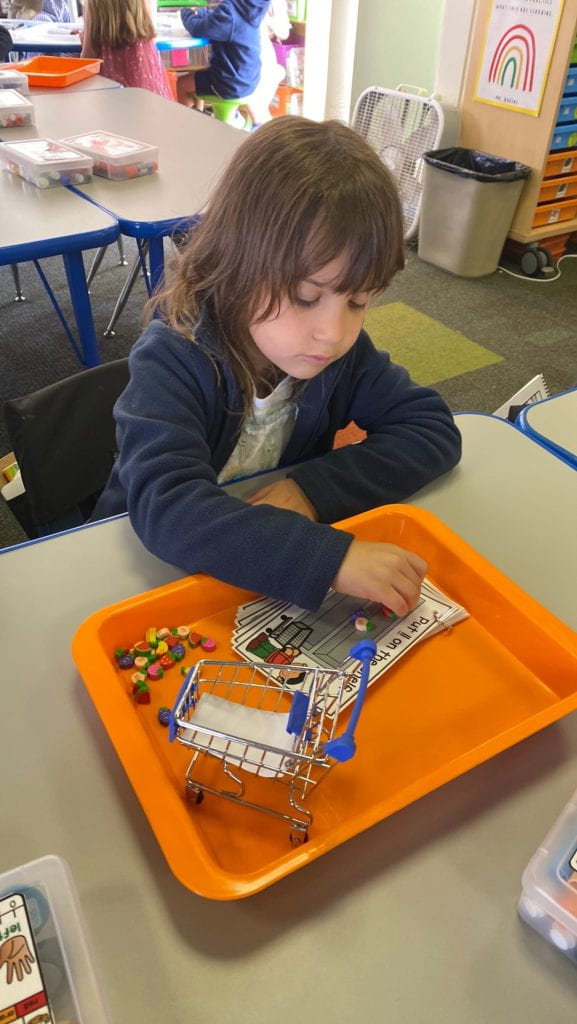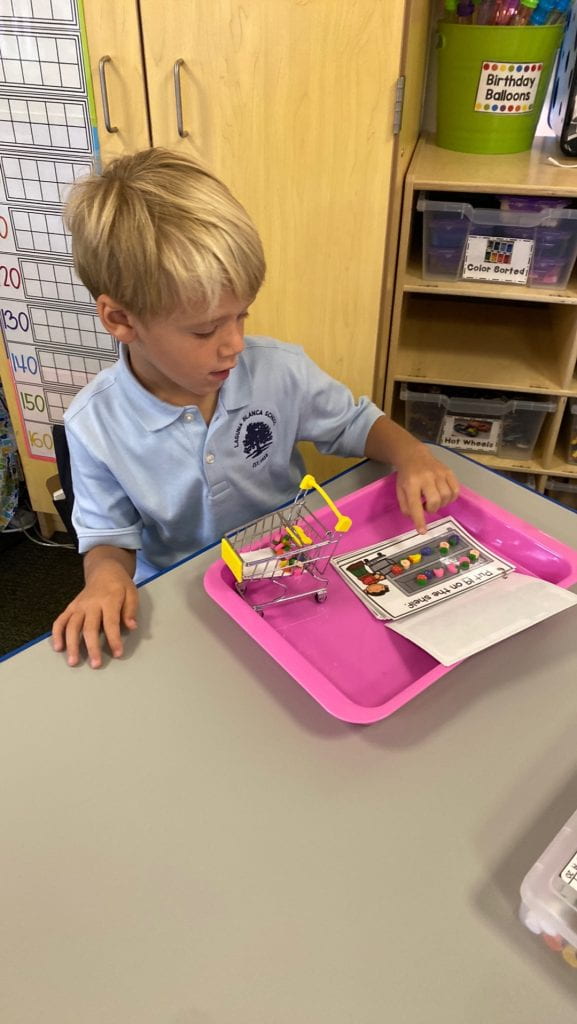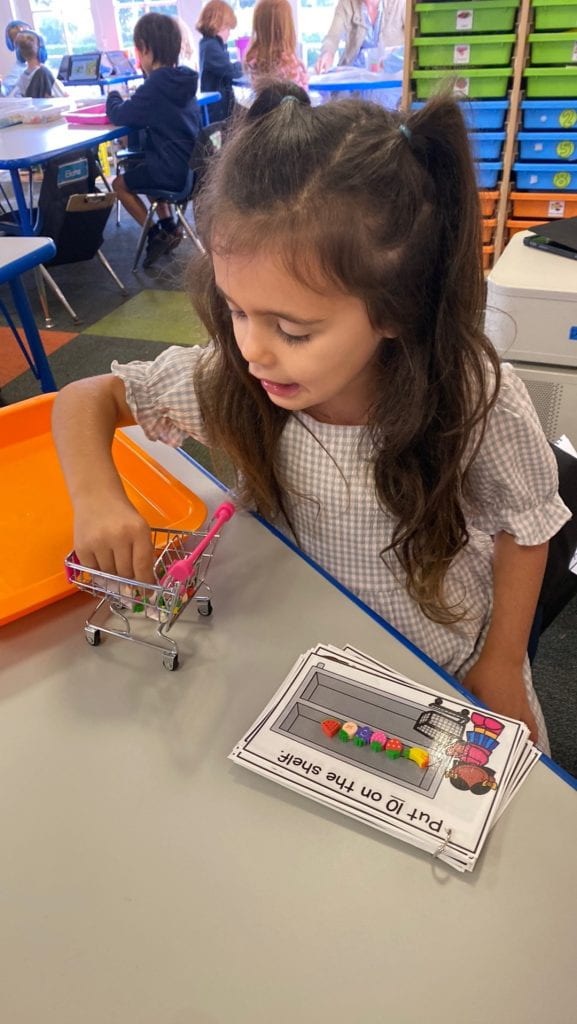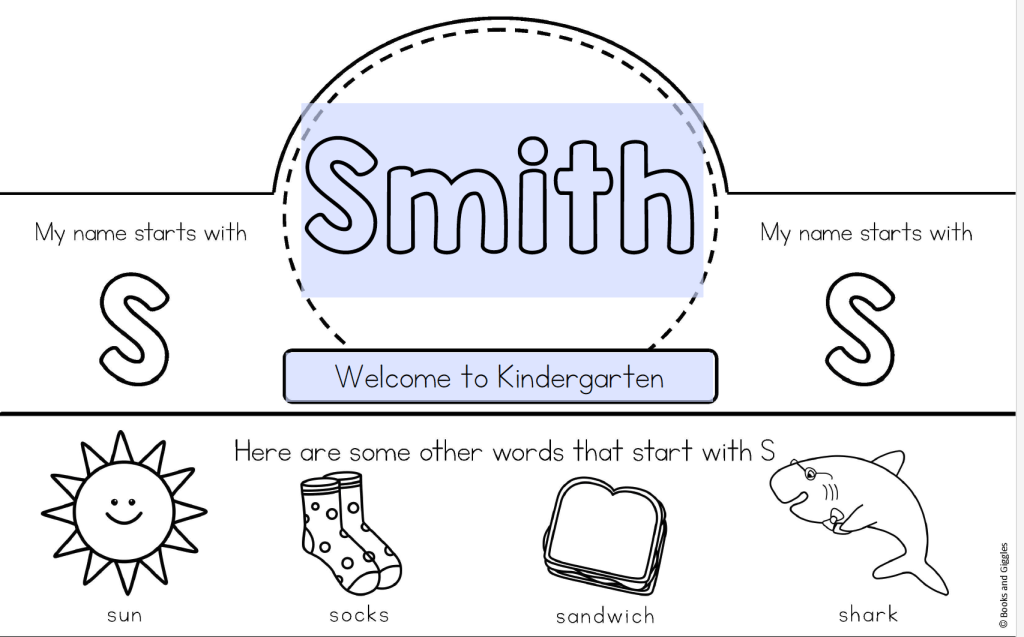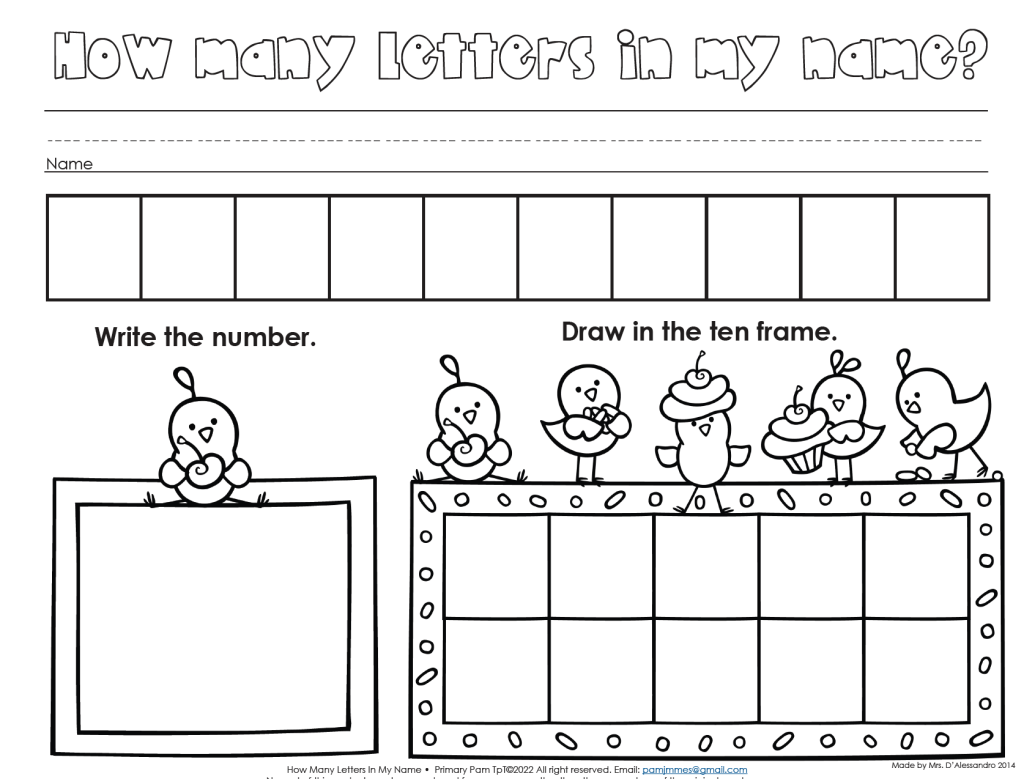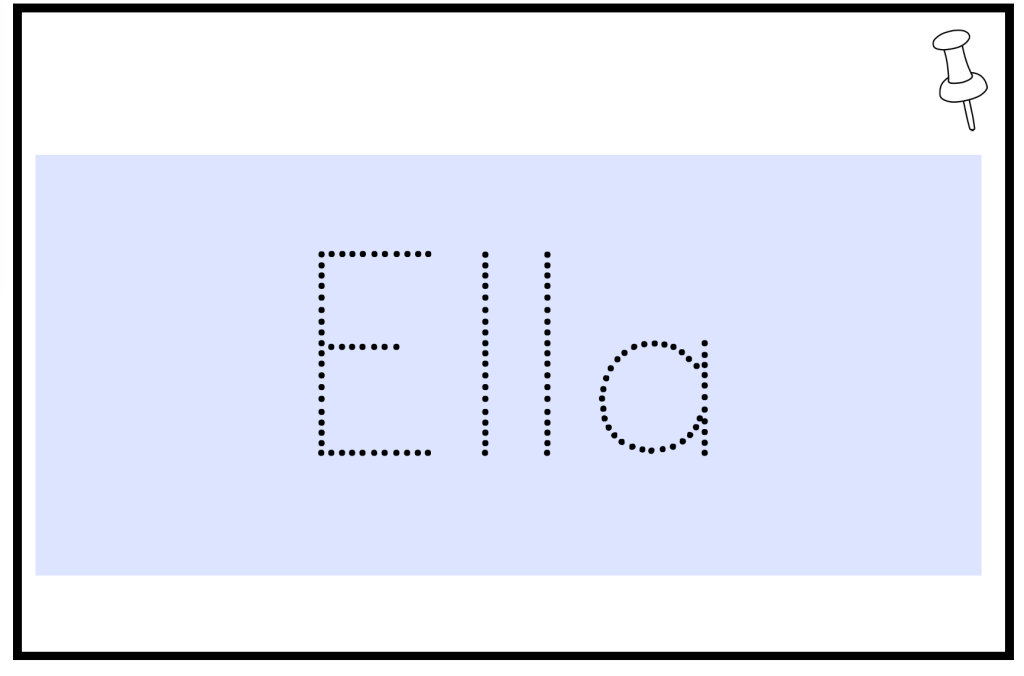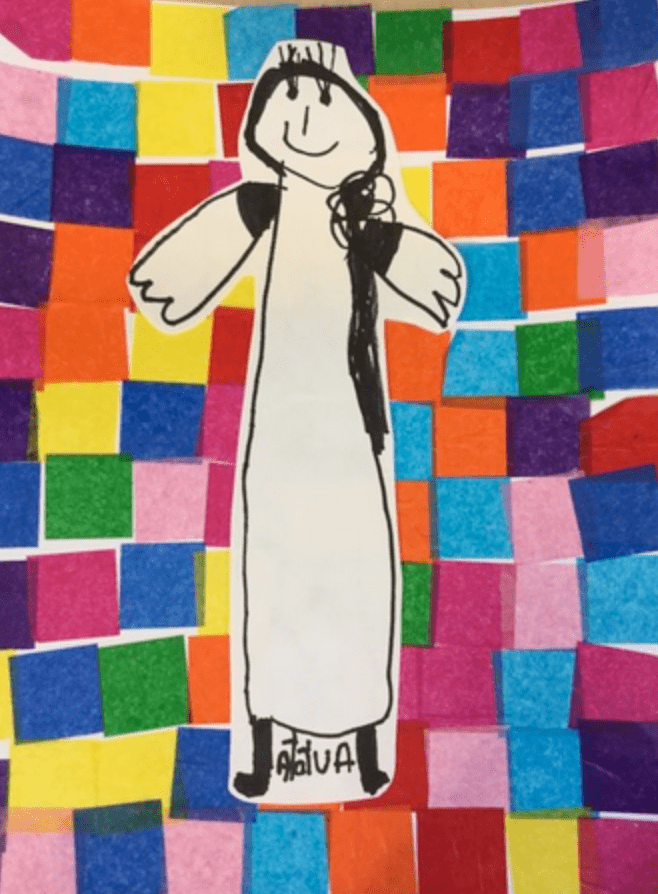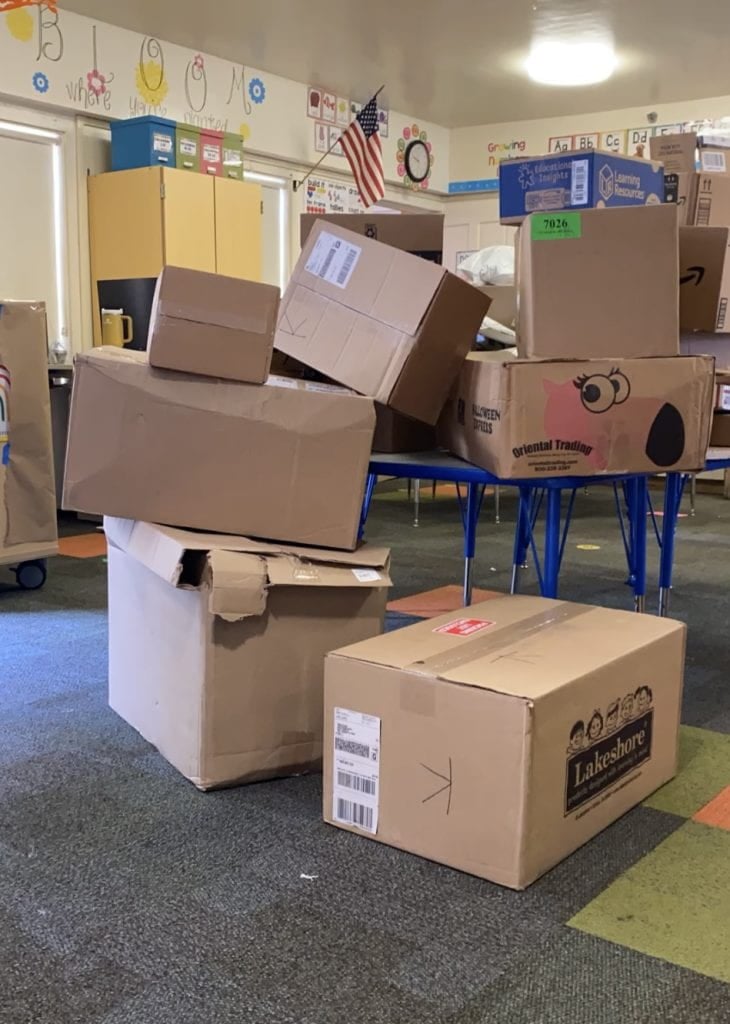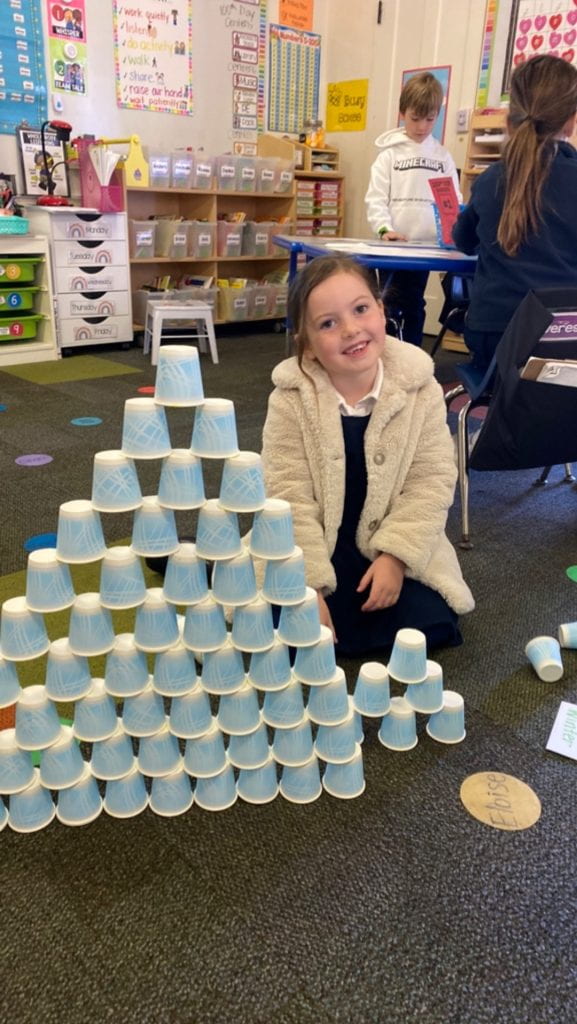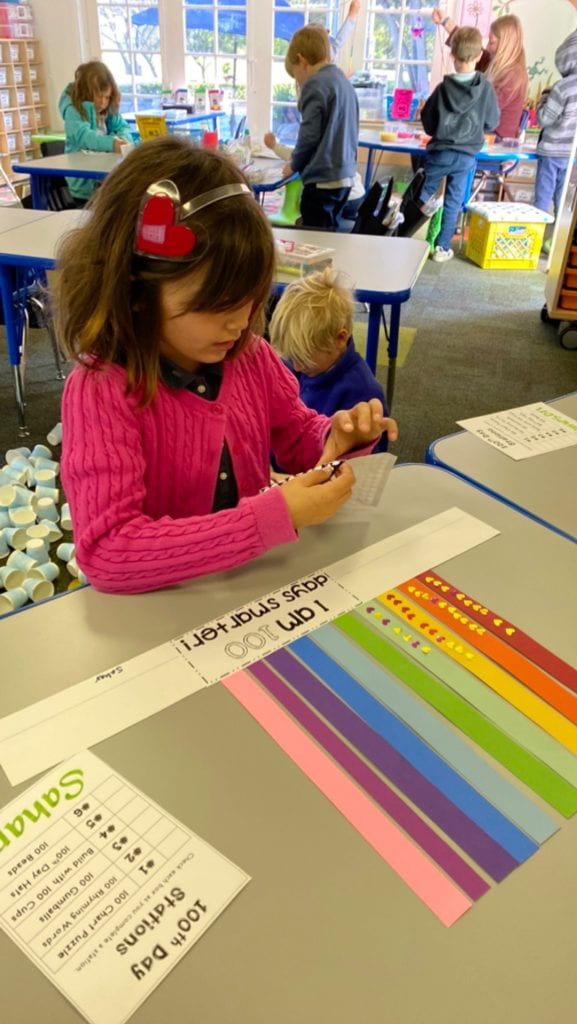Just like I love using children’s literature to teach social-emotional skills, I actively use books to teach academic concepts! One of my favorites is “The Hungry Thing.”
When a Hungry Thing comes to town, he is very hungry! He asks for common food items using different beginning sounds, causing the townspeople to have to figure out what it is he wants. This book helps students develop a very important reading skill called phonological awareness. Phonological awareness is the ability to recognize and manipulate the spoken parts of words, including syllables, onset–rime, and phonemes. Phonemic awareness is the ability to identify and manipulate individual sounds (phonemes) in spoken words. For example, the Hungry Thing asks for “shmancakes.” The townspeople wonder what are shmancakes?! They soon realize that “shamncakes….sounds like fancakes…sounds like pancakes…!”
Students delight in listening to this story over and over again! This naturally leads to many, many activities that help develop and strengthen students’ phonological awareness. We play listening games, like:
“Count the number of words in this sentence: The Hungry Thing Came to Town.” (5)
Or “Tell me what word is missing: He wore a sign around his neck. He wore a _____ around his neck.” (sign)
“Do these words rhyme? hamburger/shamburger?” (yes)
“Say Gum. What word rhymes with gum?” (mum, tum, lum…)
“How many syllables do you hear in pancake?” (two)
“Leave out a syllable. Say townspeople without people.” (towns)
“What is the first sound you hear in the word cereal?” (/s/)
“What is the last sound you hear in the word chicken?” (/n/)
“What sound is in the middle of the word gum?” (/u/)
“What word does this make? /wh/ /ea/ /t/?” (wheat)
“Tell me the sounds you hear in the word chicken.” (/ch/ /i/ /ck/ /e/ /n/)
“Let’s change some letter sounds. Say cookies. Instead of /c/ say /l/.” (lookies)
Another activity is feeding the Hungry Thing rhyming words. Students choose a set of picture cards that rhyme. They say the rhymes and then feed the Hungry Thing!
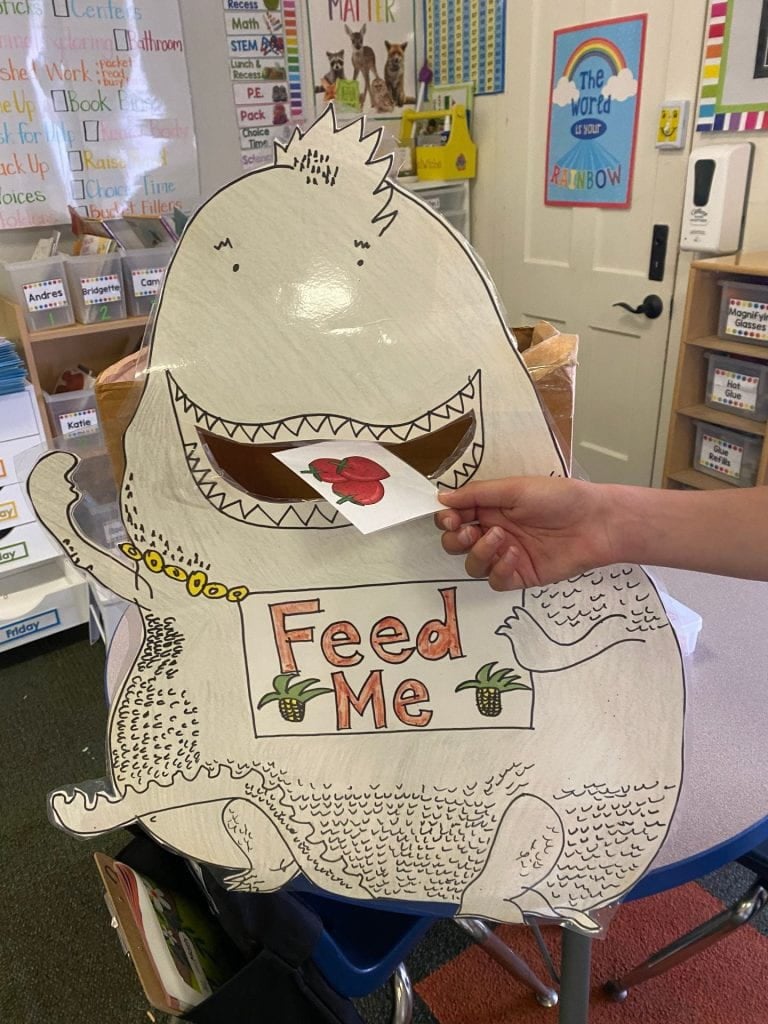
Students can then illustrate their own food item, but they have to change the initial sound when feeding it to the Hungry Thing! So pizza may become feetza!
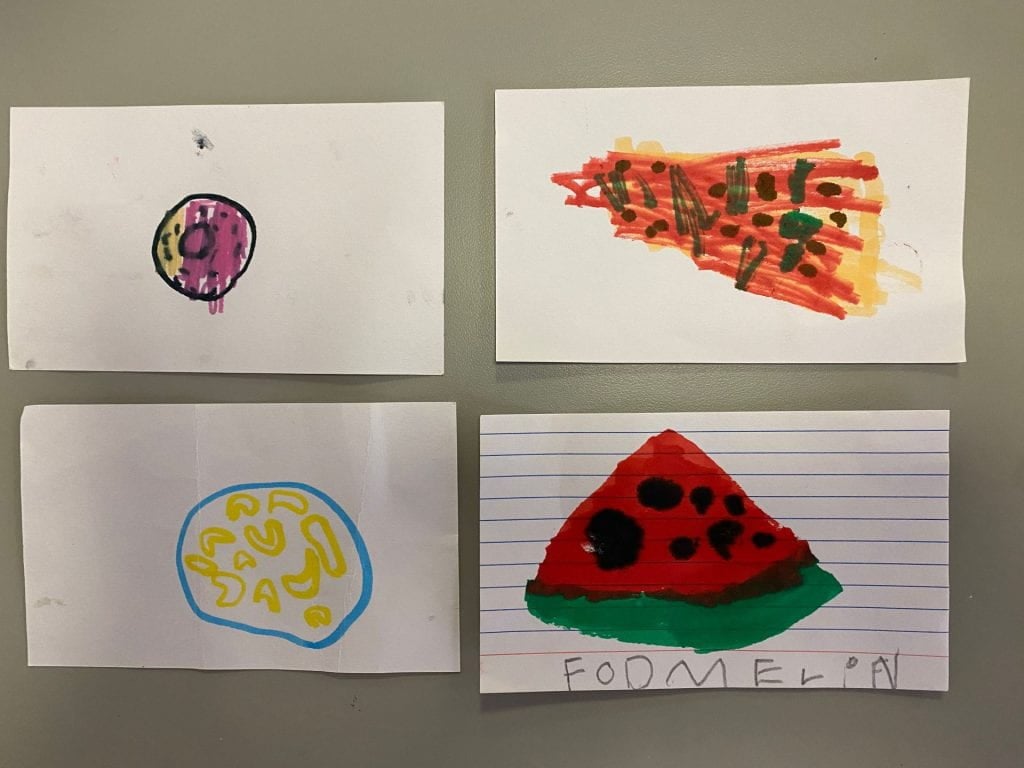
For added fun, I created this quick art project. Students use one color marker and make a scribble monster. Then using a black marker, they add hands, arms, legs, and feet. I found these cute stickers that
the students use for eyes and a mouth. Look how fun their creations are!
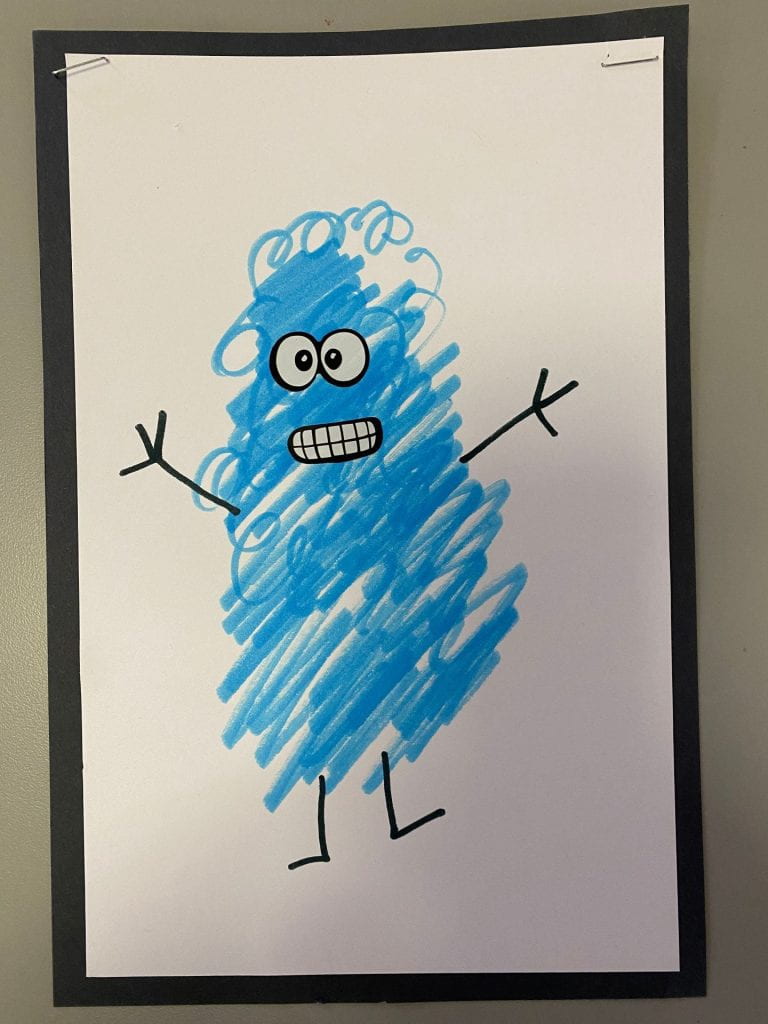
The next step, to make the Hungry Thing relate to our lessons, is for students to choose a food item for their Hungry Thing to eat. Can you figure out what they ate?


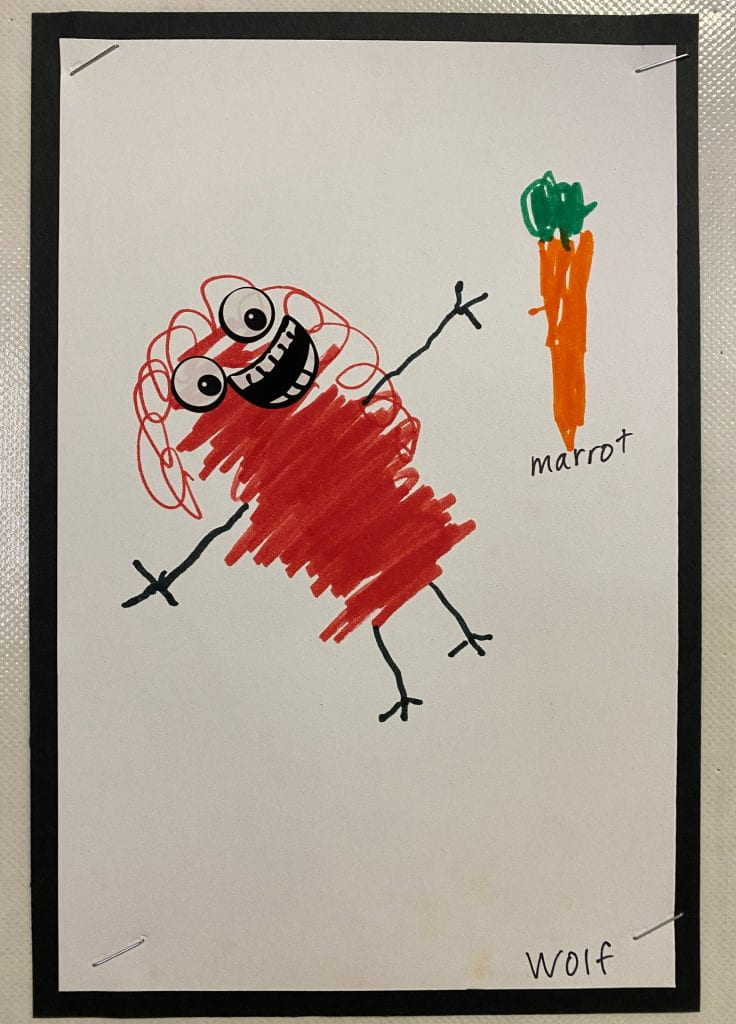
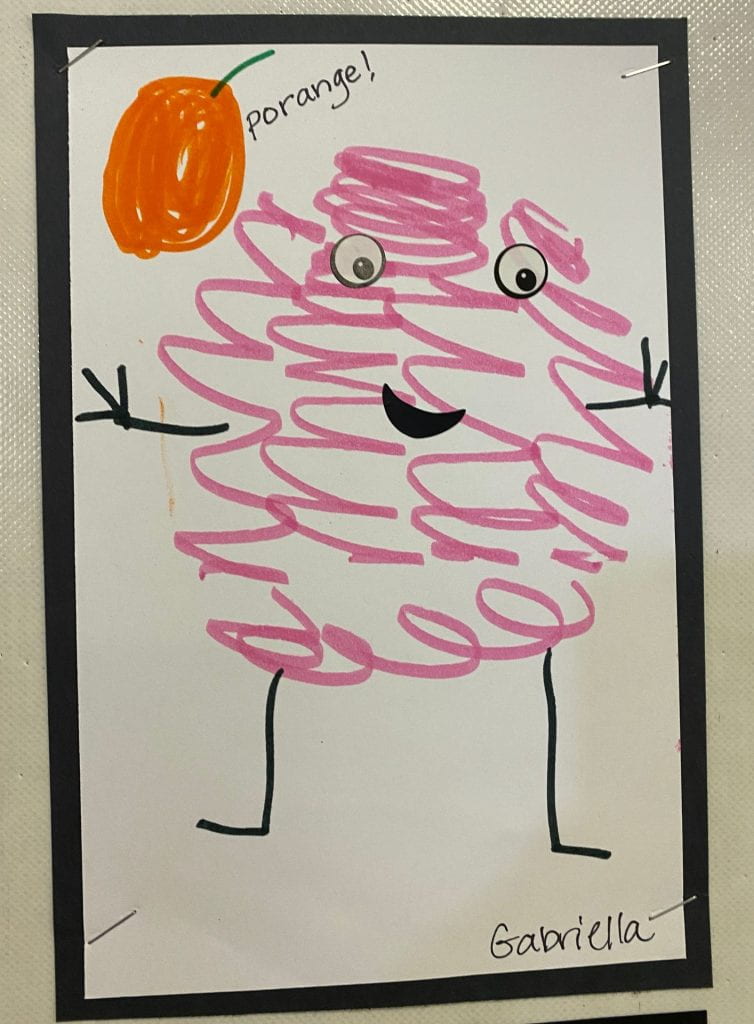
I am beyond excited about how these turned out!!
This book, “The Hungry Thing” provided my students with so many different learning opportunities. Students looked at “syllable soup” to identify how many syllables each food item has. They also identified the beginning sounds of the food items!
You can play this game at home! Have your child grab a food item from the pantry and practice feeding the hungry thing on a stick (included in your Friday Folders this upcoming week.) It won’t eat cereal…but pereal. No bagels…but snagels!
